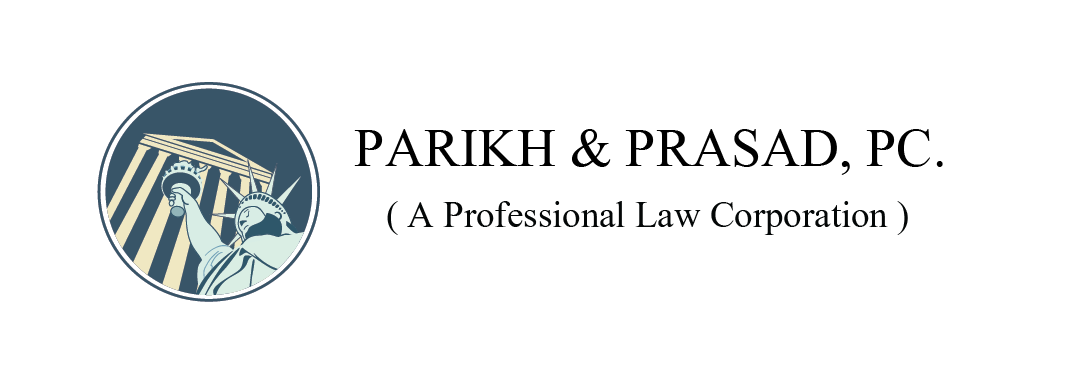H-1B visa is a nonimmigrant temporary worker visa. H-1B classification, was created by Public Law 101-238 (1989), and is reserved for foreign nationals employed in “specialty occupations” and for fashion models of “distinguished merit and ability.” Statistically, this visa category is mainly used by technology companies to fulfill a specialty occupation position. By regulations, the number of H-1B visas are capped at 65,000 per fiscal year. But the cap does not include additional 20,000 visas per year for individuals who have earned a master’s or higher degree from a US institution of higher education.
Definition of Specialty Occupation
The term “specialty occupation” is defined in §214(i)(1) of the Immigration and Nationality Act and described in 8 CFR §214.2(h)(4)(ii). A position will be deemed specialty occupation if it requires (a) theoretical and practical application of body of specialized knowledge, and (b) attainment of bachelor’s or higher degree in the specific specialty (or its equivalent) as a minimum for entry into the occupation in the U.S.
Filing Procedure
Generally, before a foreign national employee can apply for the H-1B visa, the United States employer must file and obtain an approval of H-1B petition. To do this, the employer files a Form I-129, Petition for a Nonimmigrant Worker, with the United States Citizenship and Immigration Services (USCIS) along with the required filing fees and supporting documents. The supporting documents includes, certified Labor Condition Application from the Department of Labor, corporate documents for the employer, the detailed description of the offered position and the minimum requirements to perform the job duties of the offered position, employment contract between the employer and the employee showing the availability of specialty work for the entire period for which the petition is sought, and educational documents or experience letters demonstrating the qualifications of the employee.
USCIS H-1B Adjudication Process
Once the petition is accepted as properly filed, the USCIS officer will first decide if the proposed employment is a specialty occupation. To do so, the USCIS officers often rely on the Department of Labor’s Occupational Outlook Handbook (OOH) which describes specific vocational preparation for various occupations. Although, OOH is a great tool it is often inadequate and no single factor determines the specialty occupation. The USCIS officers are instructed to consider all the facts relating to the petition, such as employee’s education and experience, nature of employer’s business, the complexity of job duties, industry standard, and the offered salary.
Next, the USCIS officer will ensure that the employee has either a U.S. bachelor’s degree or equivalent of U.S. bachelor’s degree. The equivalency can be based on either the education only or combination of education and experience. Three years of professional experience may be used to substitute for each year of college-level training. If the education is from a foreign country, then the H-1B petition must include an evaluation by an official who has authority to grant college-level credit at an accredited U.S. college or university.
Once satisfied, the USCIS officer most likely will approve the H-1B petition.
Note: The goal of this article is to provide a general insight into the USCIS adjudication process relating to H-1B petition. For specific inquiries please contact our law firm.
